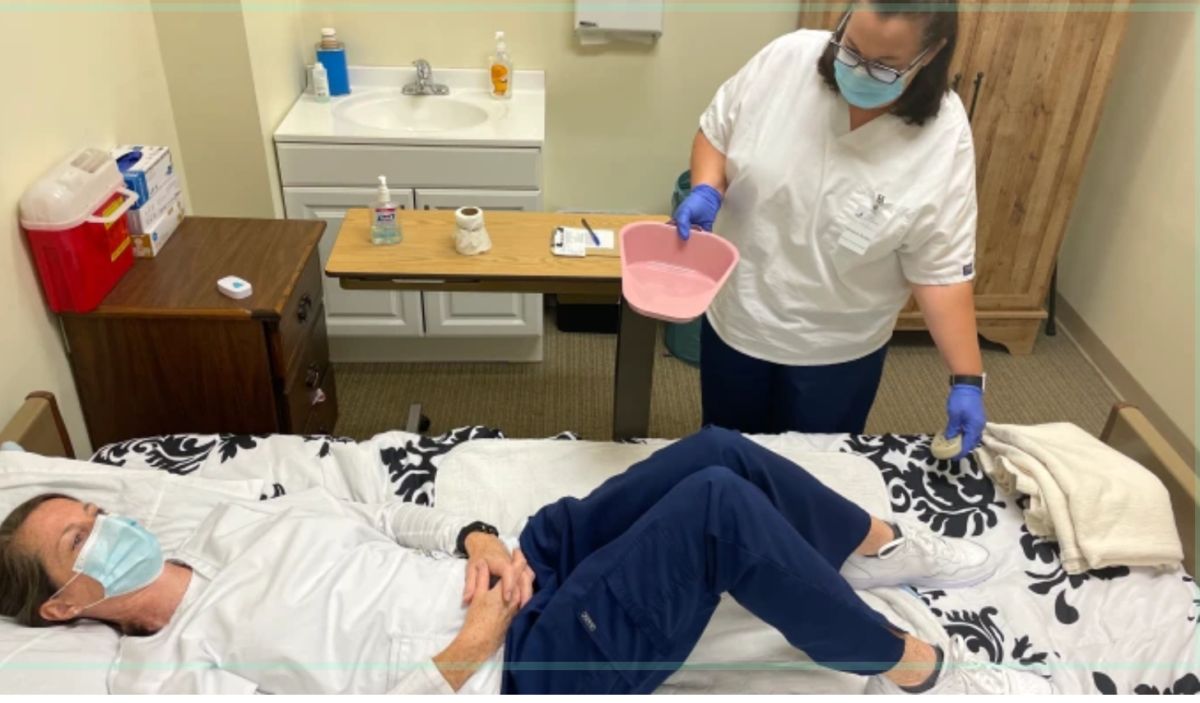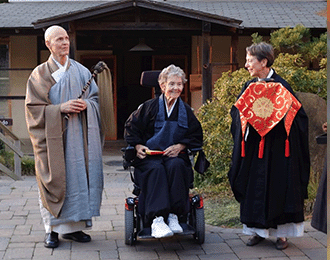Could paid family caregivers alleviate the home health worker shortage?

Credit: Marketplace Morning Report Hosted by David Brancaccio, Updated February 14, 2022
On her last day of class, Jessica Aviles stood outside the door of a clinical exam room.
Aviles, who lives in New Hampshire, was about to perform a mock examination of a patient. She took a deep breath and got into character. She knocked on the door, entered and cheerily introduced herself. She set up a bedpan for the patient, took her weight and carefully moved the patient from her back to her side.
Aviles was training to be a licensed nursing assistant, or LNA, and practicing the skills she learned as preparation for her final test.
But unlike her classmates, Aviles won’t be working in a nursing home or other facility. Her goal is to get hired by a home care agency to help her 7-year-old son, Gabe.
Gabe has Duchenne muscular dystrophy. The condition will cause all his muscles to eventually break down, even his lungs and heart. Often, people with the disease don’t live past their 20s.
“Being able to meet more of his needs on a more professional level, I feel like it’s going to make me a better mom to him,” Aviles said.
Medicaid payment for family caregivers varies widely around the country, and parents don’t always qualify.
“The devil can really be in the details because states have so many different ways of approaching this,” said Kitty Purington, a senior program director with the National Academy for State Health Policy.
For Aviles, the LNA training will also help her as Gabe’s Duchenne’s disease worsens.
“Once he’s older and he can’t use his hands, he might want somebody to shave his face. Then I’ll be able to go, ‘I was trained for this, I know how to do this,’” she said.
With COVID-19, some states have provided more flexibility to pay family caregivers through Medicaid, but whether that flexibility will continue when the pandemic is over remains to be seen.





